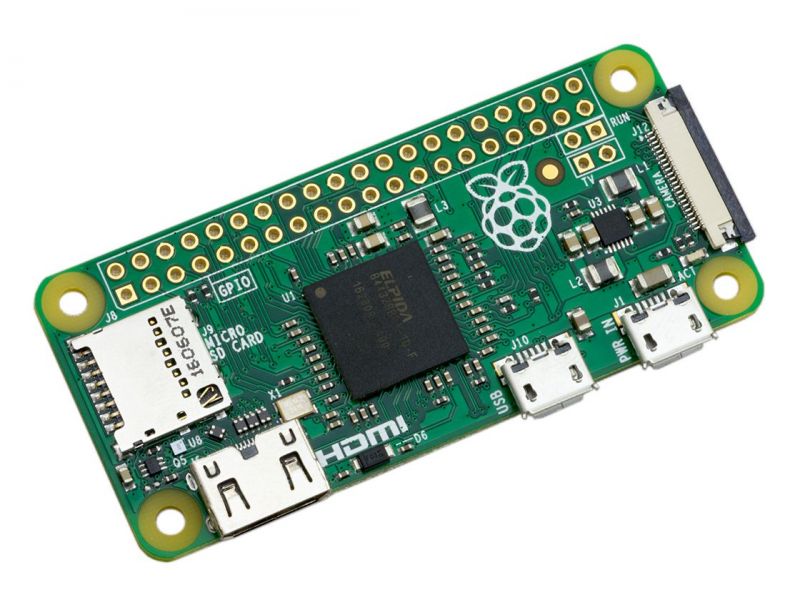
This will eventually throw off the calibration, if not stop the sensor working all together. Eventually, dust will settle on the sensor elements. Lowering the fan speed means it can’t eject dust as well. Posted in home hacks, Microcontrollers Tagged air quality, custom firmware, ESP8266, ikea, particulates, sensor Post navigation

We’ve seen custom firmware for IKEA products before, but this approach, which keeps the device’s functionality intact regardless of what’s been flashed to the secondary microcontroller, is particularly appealing for those of us who can’t seem to keep the gremlins out of our code. But by attaching the sensor’s fan to the ESP8266’s 3.3 V pin, it will run continuously at a lower speed. Apparently the 5 V fan inside the sensor is occasionally revved up by the original controller, rather than kept at a continuous level that you can mentally tune out.

While not required, also recommends making a small modification to the VINDRIKTNING which makes it a bit quieter. There’s plenty of room inside the case for the ESP8266, though you may want to tape it down so it doesn’t impact air flow. This not only preserves the stock functionality of the VINDRIKTNING, but simplifies the code as the ESP doesn’t need to do nearly as much.Īll you need to do if you want to perform this modification is solder a couple wires to convenient test pads on the VINDRIKTNING board, then flash the firmware (or write your own version), and you’re good to go. Rather than replacing IKEA’s electronics, the microcontroller is simply listening in on the UART communications between the sensor and the original controller.

While some of us would have been tempted to gut the VINDRIKTNING and attach its particle sensor directly to the ESP8266, the approach has used is actually quite elegant. Just three wires link the ESP8266 to the PCB. Looking to improve on this simplistic interface, tacked an ESP8266 to the board so it can broadcast sensor readings out over MQTT. Introduced back in June, the IKEA VINDRIKTNING is a $12 USD sensor that uses colored LEDs to indicate the relative air quality in your home depending on how many particles it sucks up.


 0 kommentar(er)
0 kommentar(er)
